StaLok
The trail segment is composed of the stabilizer, StaLok, and is 5 feet wide by 72 feet long. The segment contains timber edging. The StaLok is applied to a base of 3 inches of compacted native soils. StaLok arrives pre‐mixed with ¼ inch minus aggregate and is applied at a 2-inch depth on top of the base. The surface maintained itself through the first round of testing (June – August; 100 degree temps). During the testing performed in August 2007, it was noted that an individual had walked on the surface at the Wetlands dedication and left marks in the surface of a depth of approximately ½ inch. Upon returning a couple months later, not for testing, it was noted that the surface had repaired itself. The surface also had the pattern of behaving this way when maintenance vehicles rode over it as well. After the heavy rainfall, the only noticeable factor was pooling of the water on the lower points of the surface; StaLok is impervious so it repels the water. The surface remained firm and stable. The other noticeable effects of the surface noted during the March 2008 testing were cracking approximately 6 inches from the timber edging.
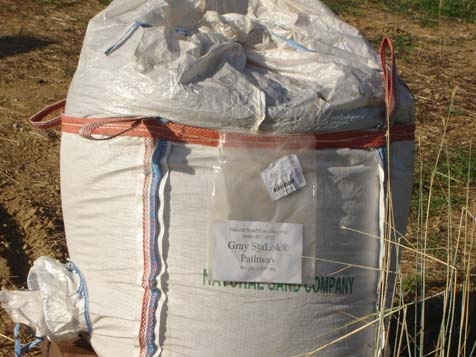
StaLok arrives pre-mixed with ¼ inch minus aggregate. June 21, 2007.
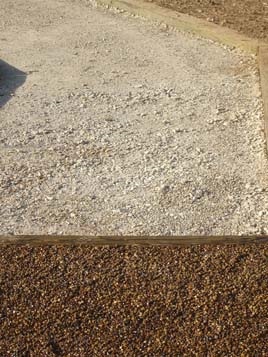
StaLok is applied to a base of 3 inches of compacted native soil. June 21, 2007.
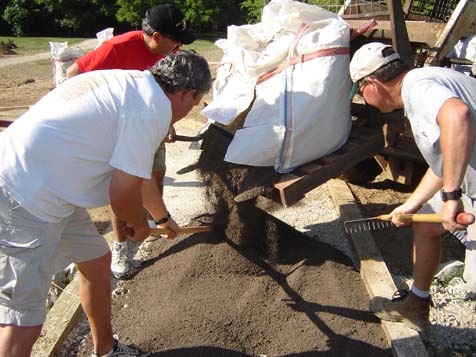
StaLok is applied at a 2 inch depth on top of the base. June 21, 2007.
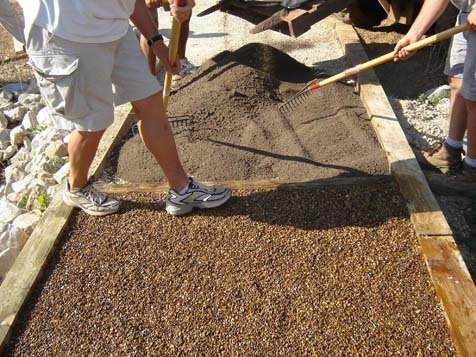
StaLok is applied at a 2 inch depth on top of the base. June 21, 2007.
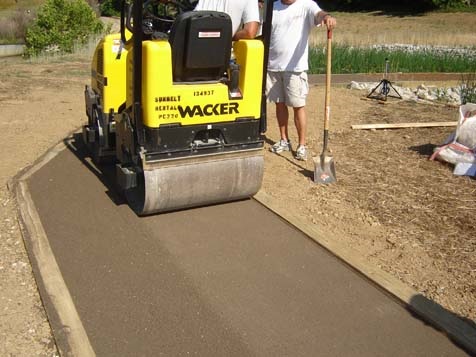
StaLok surface is compacted. June 21, 2007.
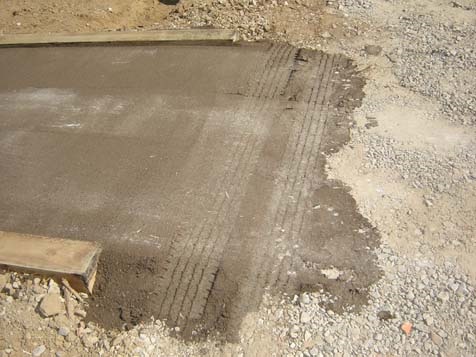
95 StaLok surface is compacted. June 21, 2007.
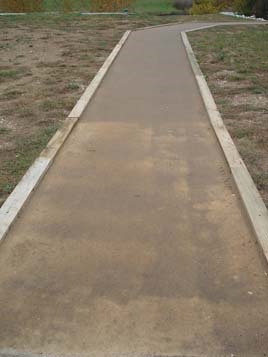
StaLok trail segment maintained itself through first round of testing. October 19, 2007.
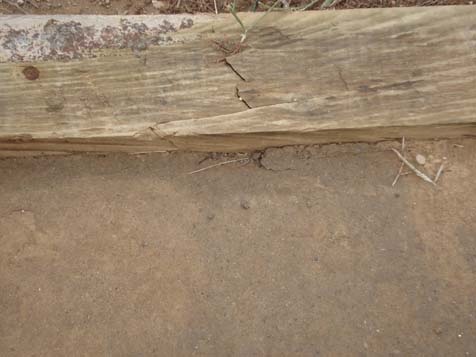
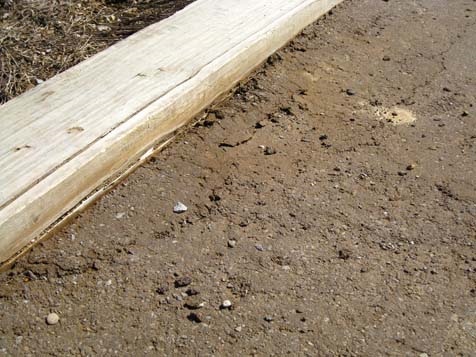
StaLok trail surface had a pattern of wear and repairing itself. March 13, 2008.
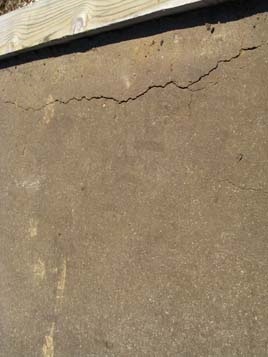
StaLok trail segment was noted for repairing itself. March 13, 2008.
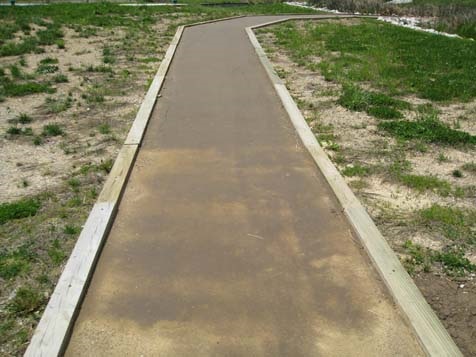
StaLok trail segment was noted for showing indentations and then repairing itself. May 6, 2008.
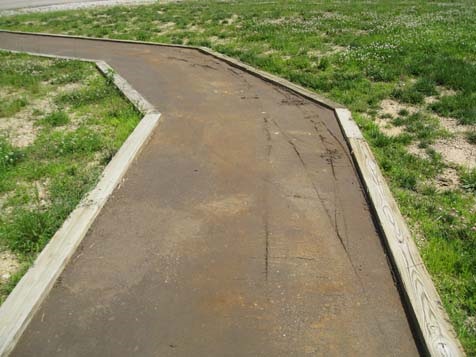
StaLok trail segment with wheelchair marks would repair itself. June 12, 2008.
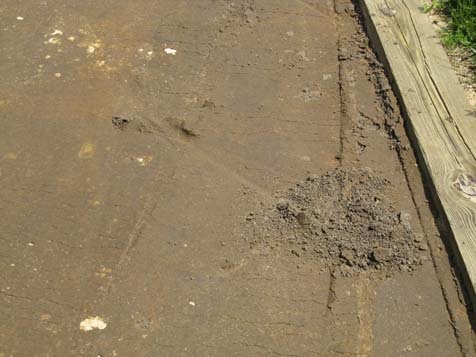
StaLok trail segment with wheelchair marks would repair itself. June 12, 2008.
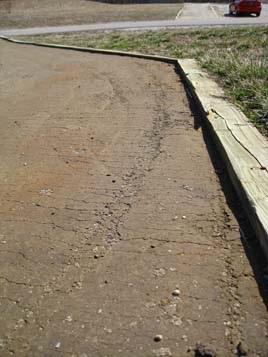
StaLok trail segment previously shown with marks had repaired itself. March 17, 2009.
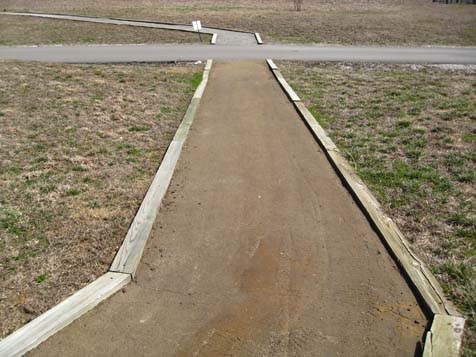
StaLok trail segment previously shown with marks had repaired itself. March 17, 2009.
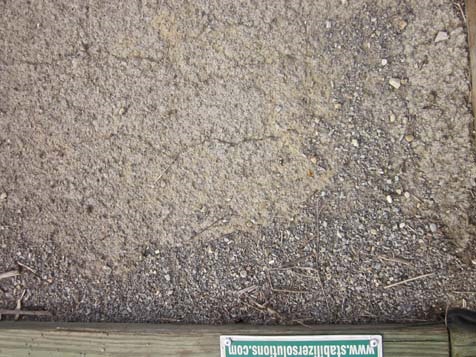
StaLok trail segment shows cracking next to timber edging. November 2, 2011.
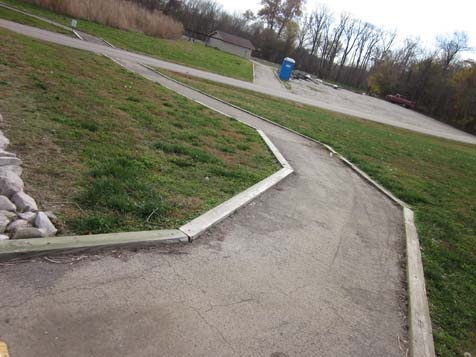
StaLok trail segment had some pooling of water at lower points of the surface. November 2, 2011.
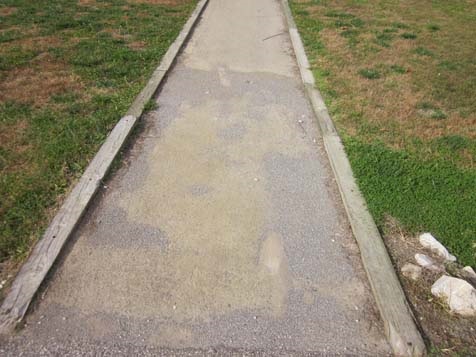
StaLok trail segment with pooling of water. November 2, 2011.
StaLok trail segment maintained itself through first round of testing. October 19, 2007.
Photos were also collected at various points in the 51 months, always at testing and occasionally through the length of the study when major weather and/or events happened. Included in Appendix D are photos of some of the significant changes to the surfaces mentioned above and some additional photos to offer a different glimpse of the surfaces.

User Comments/Questions
Add Comment/Question